Peugeot 3008 vs Volvo XC40 – Differences & prices compared
Compare performance, boot space, consumption and price in one view.
Find out now: which car is the better choice for you – Peugeot 3008 or Volvo XC40?
The Peugeot 3008 (SUV) comes with a Plugin Hybrid, Electric or Petrol MHEV engine and Automatic transmission. In comparison, the Volvo XC40 (SUV) features a Petrol MHEV engine with Automatic transmission.
When it comes to boot capacity, the Peugeot 3008 offers 520 L, while the Volvo XC40 provides 452 L – depending on how much space you need. If you’re looking for more power, decide whether the 325 HP of the Peugeot 3008 or the 197 HP of the Volvo XC40 suits your needs better.
In terms of consumption, the values are 16.80 kWh0.90 L per 100 km for the Peugeot 3008, and 6.50 L for the Volvo XC40.
Price-wise, the Peugeot 3008 starts at 34400 £, while the Volvo XC40 is available from 36400 £. Compare all the details and find out which model fits your lifestyle best!
In the competitive compact SUV segment, the Peugeot 3008 and Volvo XC40 stand out for their distinctive designs and advanced technology. The 3008 impresses with its stylish interior and engaging driving dynamics, while the XC40 offers a robust blend of safety features and premium materials. Both models cater to different preferences, making this comparison a fascinating study of innovation and comfort in modern automotive engineering.
Peugeot 3008
The Peugeot 3008 is a compact SUV that seamlessly combines sleek design with modern functionality. Its interior offers a sophisticated and comfortable driving experience, characterised by high-quality materials and innovative technology features. With its dynamic performance and stylish aesthetics, the 3008 stands out in the competitive world of family SUVs.
details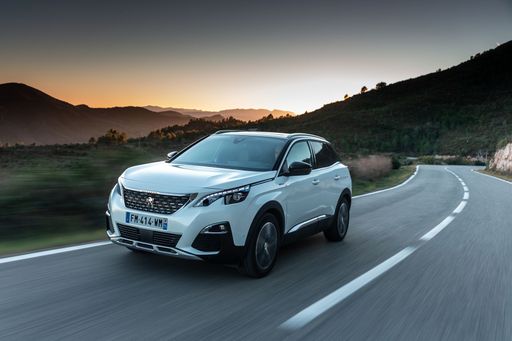 @ media.stellantis.com
@ media.stellantis.com
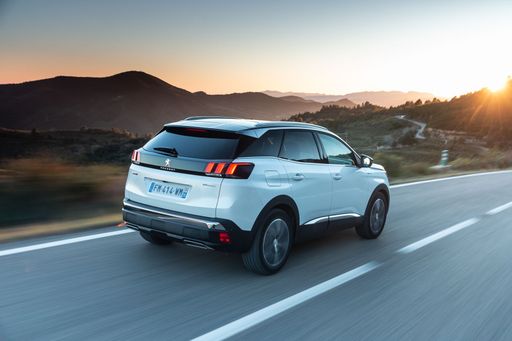 @ media.stellantis.com
@ media.stellantis.com
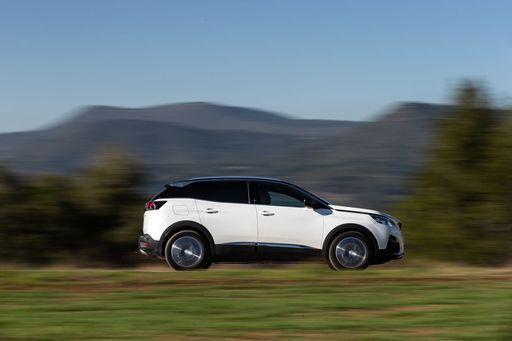 @ media.stellantis.com
@ media.stellantis.com
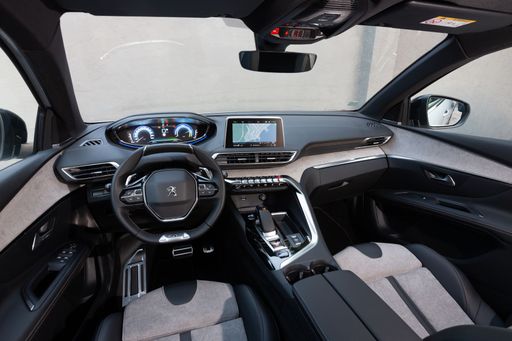 @ media.stellantis.com
@ media.stellantis.com
Volvo XC40
The Volvo XC40 is a standout model in the compact SUV segment, offering a delightful blend of Scandinavian design and practicality. Its interior is both stylish and functional, featuring premium materials and innovative storage solutions that make every journey comfortable. The car's performance is smooth and responsive, with advanced safety features ensuring peace of mind for drivers and passengers alike.
details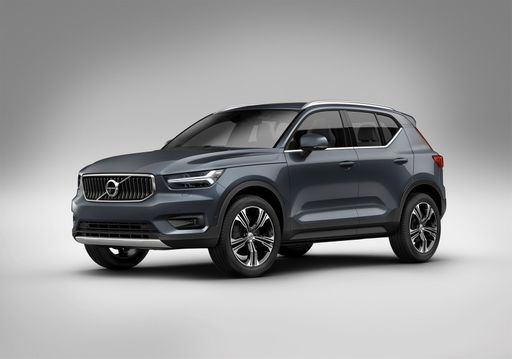 @ media.volvocars.com
@ media.volvocars.com
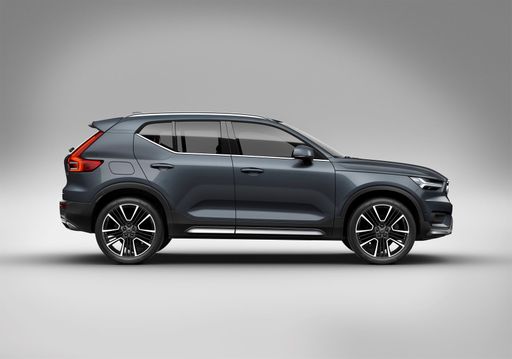 @ media.volvocars.com
@ media.volvocars.com
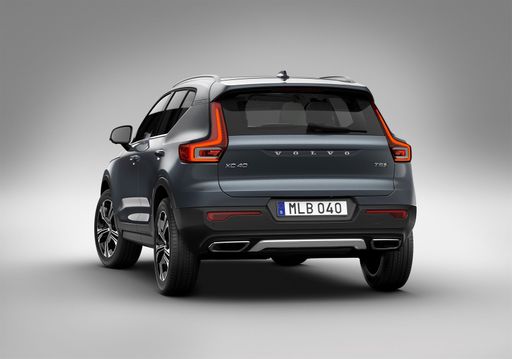 @ media.volvocars.com
@ media.volvocars.com
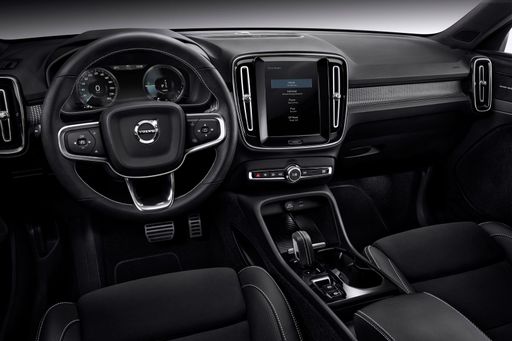 @ media.volvocars.com
@ media.volvocars.com
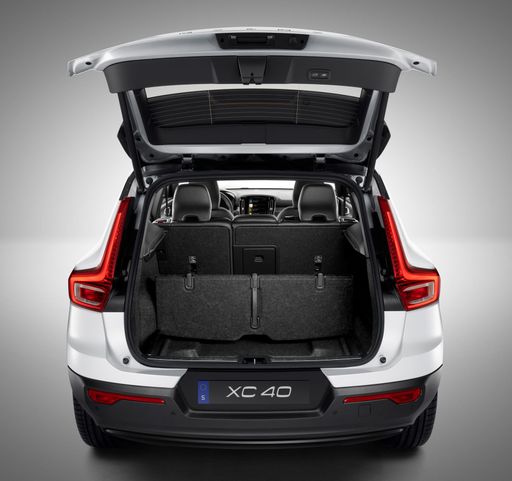 @ media.volvocars.com
@ media.volvocars.com
Peugeot 3008 vs Volvo XC40: A Detailed Comparison of Two Stylish SUVs
As demand for compact SUVs continues to rise, the Peugeot 3008 and Volvo XC40 stand out as two popular choices for discerning drivers. Each blends style, comfort, and innovative technology, but they cater to slightly different preferences and needs. In this article, we’ll delve into the technical aspects and innovations each vehicle brings to the table.
Design and Dimensions
The Peugeot 3008 measures 4542 mm in length, 1895 mm in width, and 1641 mm in height, providing a robust and sporty silhouette. Its bold front grille and sharp LED headlights lend an aggressive look, while the interior boasts a futuristic design with high-quality materials.
In comparison, the Volvo XC40 is slightly more compact, measuring 4425 mm in length, 1863 mm in width, and 1652 mm in height. It features Volvo's signature clean lines and a minimalist aesthetic. The interior focuses on functionality, with an emphasis on safety and user-friendly technology.
Performance and Engine Options
The Peugeot 3008 offers a range of engine options, including petrol MHEV (mild hybrid), plug-in hybrid, and fully electric variants, with outputs ranging from 136 HP to 231 HP. The PHEV models can achieve an impressive electric range of up to 698 km. The vehicle is equipped with either a dual-clutch automatic transmission or a reduction gearbox, enhancing fuel efficiency with consumption as low as 0.9 L/100 km in electric mode.
The Volvo XC40, on the other hand, features petrol MHEV options with power outputs of 163 HP and 197 HP. Its performance is commendable, achieving 0-100 km/h in as little as 7.6 seconds. However, it has a slightly higher fuel consumption of 6.5 L/100 km and a maximum speed capped at 180 km/h.
Innovations and Technology
Both vehicles incorporate cutting-edge technology to enhance driving experiences. The Peugeot 3008 stands out with its i-Cockpit technology, which includes a compact steering wheel and a configurable digital display that provides essential driving information at a glance. Additionally, Peugeot's emphasis on safety features is evident, with multiple assistance systems integrated into the driving experience.
The Volvo XC40 showcases Volvo's commitment to safety with advanced driver assistance systems, including Pilot Assist and automatic emergency braking. The vehicle also comes with a user-friendly infotainment system powered by Google, offering seamless connectivity and smart features like voice-activated navigation.
Interior Comfort and Cargo Space
When it comes to passenger comfort, both the Peugeot 3008 and Volvo XC40 prioritize space and convenience. The Peugeot boasts ample trunk space of 520 liters, making it practical for families or adventurers with gear. Its configurable seating options ensure that every journey is comfortable.
The XC40 offers slightly less trunk capacity at 452 liters, yet it compensates with a premium cabin experience that highlights Volvo's focus on upscale materials and craftsmanship. The seats provide excellent support, making it ideal for long trips.
Conclusion: Which SUV Reigns Supreme?
In a nutshell, both the Peugeot 3008 and Volvo XC40 present compelling arguments for their choice in the compact SUV segment. The Peugeot leans towards versatility and innovative powertrains, appealing to those seeking advanced hybrid or electric options. On the other hand, the Volvo XC40 shines with its flawless blend of style, safety, and a rich technological experience.
Ultimately, the decision between the two will come down to personal preferences regarding design, driving experience, and desired features. Whether opting for the cutting-edge Peugeot 3008 or the sophisticated Volvo XC40, drivers are sure to enjoy a premium driving experience.

|

|
|
|
|
Costs and Consumption |
|
|---|---|
|
Price
34400 - 51400 £
|
Price
36400 - 47200 £
|
|
Consumption L/100km
0.9 - 5.5 L
|
Consumption L/100km
6.50 L
|
|
Consumption kWh/100km
16.8 - 17.8 kWh
|
Consumption kWh/100km
-
|
|
Electric Range
85 - 698 km
|
Electric Range
-
|
|
Battery Capacity
0.4 - 96.9 kWh
|
Battery Capacity
-
|
|
co2
0 - 123 g/km
|
co2
147 - 148 g/km
|
|
Fuel tank capacity
55 L
|
Fuel tank capacity
54 L
|
Dimensions and Body |
|
|---|---|
|
Body Type
SUV
|
Body Type
SUV
|
|
Seats
5
|
Seats
5
|
|
Doors
5
|
Doors
5
|
|
Curb weight
1648 - 2337 kg
|
Curb weight
1688 kg
|
|
Trunk capacity
470 - 520 L
|
Trunk capacity
452 L
|
|
Length
4542 mm
|
Length
4425 mm
|
|
Width
1895 mm
|
Width
1863 mm
|
|
Height
1641 mm
|
Height
1652 mm
|
|
Payload
383 - 467 kg
|
Payload
532 kg
|
Engine and Performance |
|
|---|---|
|
Engine Type
Plugin Hybrid, Electric, Petrol MHEV
|
Engine Type
Petrol MHEV
|
|
Transmission
Automatic
|
Transmission
Automatic
|
|
Transmission Detail
Dual-Clutch Automatic, Reduction Gearbox
|
Transmission Detail
Dual-Clutch Automatic
|
|
Drive Type
Front-Wheel Drive, All-Wheel Drive
|
Drive Type
Front-Wheel Drive
|
|
Power HP
145 - 325 HP
|
Power HP
163 - 197 HP
|
|
Acceleration 0-100km/h
6 - 10.2 s
|
Acceleration 0-100km/h
7.6 - 8.6 s
|
|
Max Speed
170 - 220 km/h
|
Max Speed
180 km/h
|
|
Torque
230 - 511 Nm
|
Torque
265 - 300 Nm
|
|
Number of Cylinders
3 - 4
|
Number of Cylinders
4
|
|
Power kW
107 - 239 kW
|
Power kW
120 - 145 kW
|
|
Engine capacity
1199 - 1598 cm3
|
Engine capacity
1969 cm3
|
General |
|
|---|---|
|
Model Year
2024 - 2025
|
Model Year
2024
|
|
CO2 Efficiency Class
B, A, D
|
CO2 Efficiency Class
E
|
|
Brand
Peugeot
|
Brand
Volvo
|
Peugeot 3008
Introduction to the Peugeot 3008
In the rapidly evolving world of SUVs, the Peugeot 3008 stands out as a prime example of innovative design and advanced technology. Offering a range of powertrains from hybrid to fully electric, the 3008 is tailored to meet the needs of eco-conscious drivers without sacrificing performance or luxury.
Powertrain Options and Performance
The Peugeot 3008 is designed to cater to a variety of driving preferences with its versatile range of powertrains. The options include petrol mild-hybrid, plug-in hybrid, and full electric variants. The power output ranges from a modest 136 PS to a robust 210 PS, providing a performance spectrum to suit both city commuters and long-distance travellers. Notably, the plug-in hybrid variant boasts an impressive electric range of up to 85 km, while the electric version can travel up to 524 km on a single charge, making it ideal for both urban and rural settings.
Driving Dynamics and Efficiency
The 3008's driving dynamics are refined and engaging, supported by its front-wheel-drive configuration and automatic transmission. Depending on the model, the vehicle can accelerate from 0 to 100 km/h in as little as 8.4 seconds, while maintaining an efficient fuel consumption rate of as low as 0.9 L/100km for the plug-in hybrid variant. For the eco-conscious drivers, the electric model offers a consumption rate of 17.7 kWh/100km, and its CO2 emissions range from 0 to 129 g/km, reflecting its commitment to reducing environmental impact.
Design and Comfort
The Peugeot 3008 boasts a modern and sophisticated design that embodies both elegance and functionality. Its expansive interior offers seating for five, complemented by a generous boot capacity of 520 litres. The vehicle's dimensions—4,542 mm in length, 1,895 mm in width, and 1,641 mm in height—ensure ample space and a commanding presence on the road. Additionally, the 3008's array of equipment lines like Allure and GT enhance the driving experience with premium features and luxurious touches.
Innovations and Technology
The Peugeot 3008 is equipped with a suite of cutting-edge technological features designed to enhance the driving experience. The intuitive infotainment system is central to the vehicle's interior, offering seamless connectivity and navigation options. Safety and driver assistance technologies are also prominent, including advanced systems for collision avoidance and parking assistance, ensuring peace of mind on every journey.
Conclusion
In summary, the Peugeot 3008 is a compelling choice for those seeking a versatile and modern SUV. With a range of efficient powertrains, dynamic performance, and luxurious design elements, it caters to a broad spectrum of drivers. Its advanced technological features and commitment to sustainability make the Peugeot 3008 a forward-thinking option in today's automotive landscape.
Volvo XC40
Introduction: The Refined Volvo XC40
The Volvo XC40 is a testament to Swedish innovation and design, blending practicality with cutting-edge technology in the compact SUV segment. Aimed at drivers who value safety, comfort, and eco-conscious driving, the XC40 continues to uphold Volvo's reputation for engineering excellence. In this article, we'll explore the technical specifications and innovative features that make the XC40 a standout choice for modern drivers.
Power and Performance
Under the bonnet, the Volvo XC40 offers a range of mild-hybrid petrol engines, combining efficiency with a responsive driving experience. The power output ranges from 163 to 197 PS (120 to 145 kW), ensuring robust performance for both urban commuting and longer journeys. With a maximum torque of 265 to 300 Nm, the vehicle offers smooth acceleration, achieving 0-100 km/h in just 7.6 to 8.6 seconds, whilst maintaining a CO2 efficiency class of E.
Efficiency Meets Eco-Conscious Design
The mild-hybrid system in the XC40 effectively reduces fuel consumption, with an impressive average of 6.5 L/100km. The system recycles braking energy to charge the battery, reducing emissions to between 147-148 g/km without compromising on performance. This design aligns perfectly with Volvo's commitment to sustainable motoring.
Cutting-Edge Transmission
The XC40 is equipped with an advanced automatic dual-clutch transmission that seamlessly transitions through gears, enhancing both fuel efficiency and driving comfort. The integration of this technology underscores Volvo’s commitment to delivering an engaging yet smooth driving experience.
Sophisticated Interior Design
The interior of the XC40 reflects Volvo’s dedication to Scandinavian design aesthetics, featuring a spacious cabin with high-quality materials. The vehicle comfortably seats five passengers, with a versatile boot space of 452 litres, making it ideal for family outings or road trips. The intuitive infotainment system is seamlessly integrated, providing driver-friendly access to navigation, entertainment, and safety features.
Safety Innovations
Volvo’s renowned safety reputation is evident in the XC40’s comprehensive suite of safety features. Advanced driver assistance systems, including adaptive cruise control, blind-spot monitoring, and lane-keeping aid, ensure a secure driving environment. The XC40’s construction and technology adhere to Volvo's “Vision 2020” strategy, aiming for zero fatalities or serious injuries in new Volvo cars.
Conclusion: A Contemporary Choice
The Volvo XC40 stands out as a compact SUV that blends innovation, efficiency, and style. Its proactive approach to hybrid technology, coupled with Volvo’s trademark focus on safety and design, makes it a compelling choice for those seeking a blend of practicality and performance. Whether it’s the daily commute or a weekend getaway, the XC40 is engineered to deliver a dynamic and sustainable driving experience.
Which drive types are available for the Peugeot 3008?
Available as Front-Wheel Drive or All-Wheel Drive.
The prices and data displayed are estimates based on German list prices and may vary by country. This information is not legally binding.
